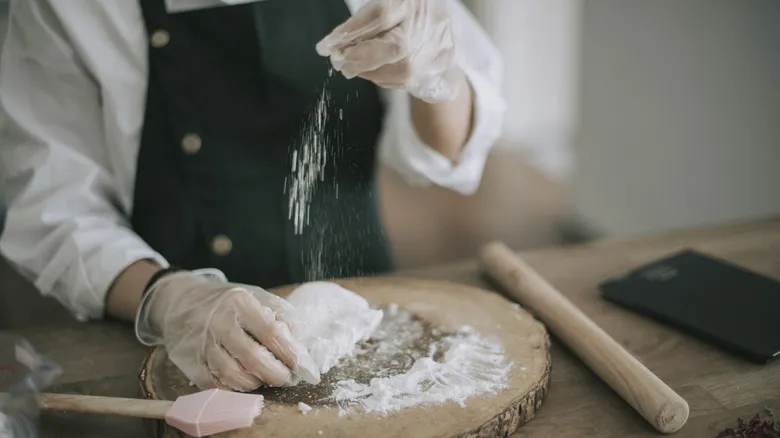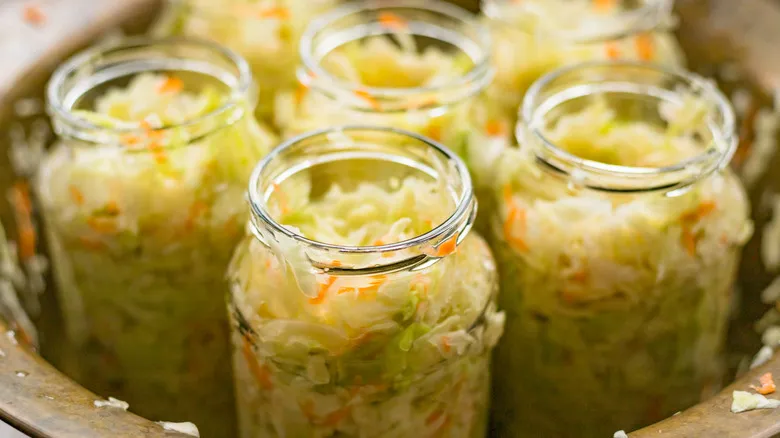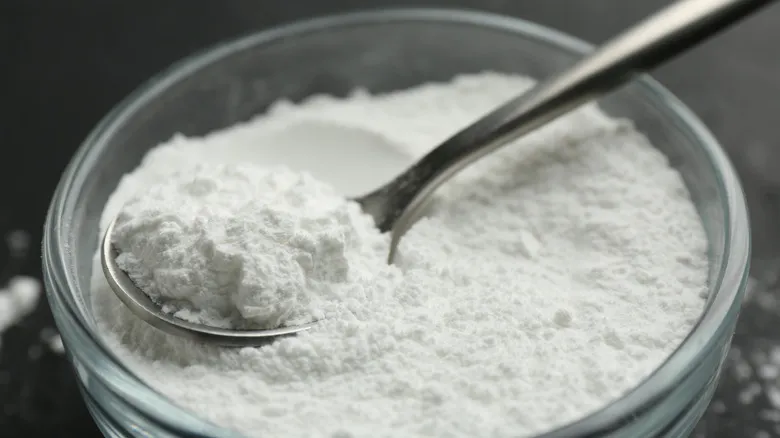What is cornstarch?

In appearance, cornstarch is similar to other starches. It is white, powdery, and odorless, providing no indication of its corn origin. Cornstarch is derived from the endosperm of corn kernels and is obtained through a rigorous industrial process that involves soaking the corn in specific chemicals before milling and grinding it into a fine powder. Depending on its intended use, cornstarch can be processed to different purity levels and is also utilized for industrial applications.
Cornstarch is renowned for its exceptional thickening properties when heated and mixed with liquids. Consequently, water-based cornstarch slurries are commonly employed to thicken sauces, gravies, soups, and dessert glazes. Additionally, cornstarch can emulsify fats, making it useful for creating creamy dishes like mac and cheese, béchamel, and white sauce, which are essentially variations of the same base. This ingredient is also a key component in the Chinese cooking technique known as velveting, which enhances the tenderness of stir-fried dishes. Various proteins are coated in cornstarch before cooking, serving as a marinade that helps retain moisture, resulting in tender meat with a glossy finish.
Moreover, cornstarch possesses flour-like characteristics. It is used to bind doughs for baked goods and to create noodles with a delightful chewiness. With its versatility and numerous applications, cornstarch is certainly a valuable addition to any kitchen.
What is potato starch?

In a similar vein, potato starch is a white, odorless powder. This substance is produced by grating potatoes and collecting the powder that settles in the liquid—a process you might observe in your own kitchen. However, the majority of starch is extracted from potatoes on an industrial scale, utilizing a complex method to maximize yield. Some manufacturers offer modified versions of the product that have been altered for specific chemical advantages.
Potato starch molecules are the largest among all starch types, giving the substance unique properties. Highly regarded for its versatility, this food ingredient serves effectively as a thickener, resulting in richly textured liquids similar to cornstarch. Additionally, its flour-like texture allows it to create batters, leading to delightful noodle dishes as well as baked goods like gluten-free breads, buns, muffins, and other doughy treats. Moreover, potato starch is an excellent choice for frying, providing an irresistibly crispy and crunchy coating that some believe surpasses cornstarch.
While potato starch has historically been overshadowed by the more widely used cornstarch, its qualities have sparked a renewed interest in this potato-derived starch. Many chefs now favor the adaptability of potato starch over other options.
The two starches have different chemical properties

While both potato starch and cornstarch consist of carbohydrate chains, specifically amylose and amylopectin, they exhibit different behaviors in cooking. The most significant difference lies in their granule size—potato starch granules are approximately ten times larger than those of cornstarch.
Potato starch begins to thicken at a lower temperature compared to cornstarch, making it easier to gelatinize. Additionally, it can withstand high temperatures for a short period better than cornstarch. However, with extended cooking, potato starch tends to break down before cornstarch, indicating that it is less durable. Consequently, potato starch is more suitable for incorporation towards the end of the cooking process. It’s important to remember that if the mixture is too cool, the larger granule size of potato starch can hinder its binding capabilities. If allowed to bond properly, it results in a starch that acts as a thickener with superior clarity and shelf life.
Moreover, the larger granule size of potato starch is advantageous in frying. The less dense network formed by the granules allows water to evaporate more easily, enhancing crunchiness. Additionally, potato starch contributes to a smooth texture when combined with wheat flour in noodle production. It’s also important to note that both starches are naturally gluten-free.
Potato starch offers more comprehensive uses

As both substances are types of starch, they share many similar characteristics. In a pinch, you can typically substitute one for the other in a straightforward one-to-one ratio. However, if you're making a choice, consider the intended use. For example, potato starch is particularly well-suited for frying, as its structure yields slightly crunchier and more texturally interesting results. While cornstarch enhances the crispiness of roasted vegetables, potato starch has the advantage in traditional frying recipes.
In addition, potato starch provides certain benefits when it comes to thickening sauces. It produces results that are clearer and glossier. Moreover, potato starch has less impact on flavor, which can be advantageous for more delicate sauces. Therefore, when the cooking conditions are appropriate, potato starch is often the better option.
Although potato starch can be used for velveting if needed, cornstarch is generally preferred for this purpose. Its finer texture coats the protein more evenly, and cornstarch's ability to withstand heat is better suited for the longer cooking times required to thoroughly cook meat. Similarly, a sauce that is simmering slowly in the pan is also better matched with cornstarch, as it is less likely to break down. While potato starch is certainly versatile in many applications, there are specific situations where the properties of cornstarch are more beneficial.
Recommended

The Right Salsa For Every Type Of Fish Taco

The Unexpected Topping That Will Take Your Fish Tacos To The Next Level

The Important Thing To Remember When Adding Stinky Cheeses To Your Charcuterie Board

The Surefire Way To Fix Over Salted Sauerkraut
Next up

